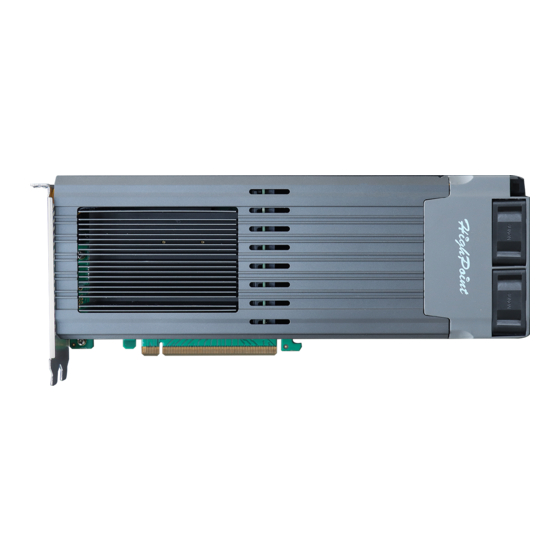
HighPoint RocketAIC 7505HW Series Installation Manual
Nvme boot raid windows
Hide thumbs
Also See for RocketAIC 7505HW Series:
- Quick installation manual (6 pages) ,
- Installation manual (42 pages) ,
- Manual (32 pages)
















Need help?
Do you have a question about the RocketAIC 7505HW Series and is the answer not in the manual?
Questions and answers